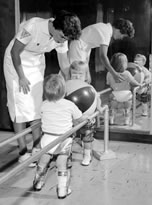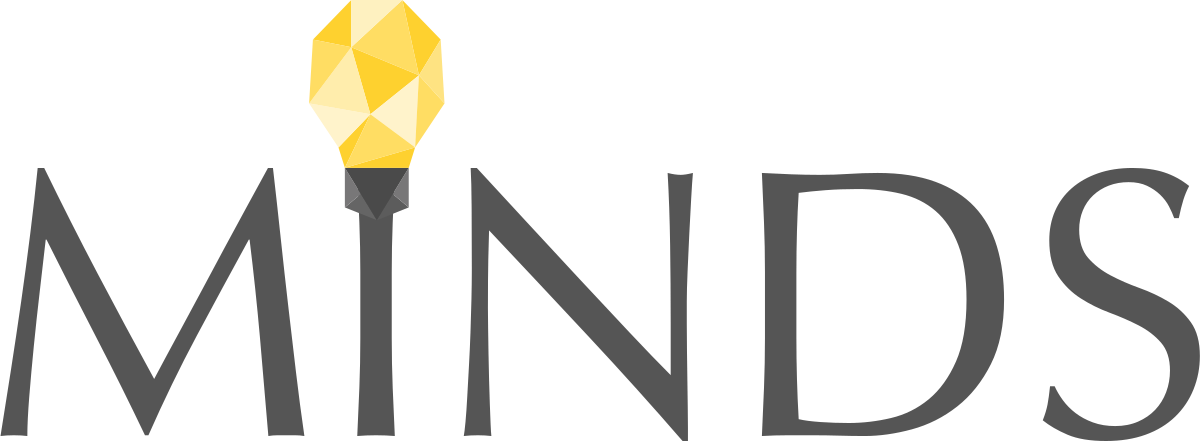Read and report vaccine reactions, harassment and failures.
Polio Disease and Vaccine Information

Polio: The Disease
Polio (poliomyelitis) is a disease caused by the poliovirus which in rare cases affects the nervous system and can lead to paralysis or death. The term ‘poliomyelitis’ used to describe the effects that the disease has on the body’s spinal cord comes from the Greek words of polio (grey) and myelin (marrow). There are three types of poliovirus - type 1, 2, and 3 - and immunity to one type of poliovirus does not provide immunity to the additional types.
Approximately 95 percent of all polio infections are asymptomatic. This means that most people who are exposed to the virus will have no clinical symptoms of illness. Between 4 and 8 percent of individuals exposed to the poliovirus will develop mild symptoms, which often include flu-like illness, respiratory tract infections, and gastroenteritis. Approximately 1 percent of polio cases present as aseptic meningitis, and symptoms generally include severe back, neck, or leg spasms. Full recovery usually occurs within 10 days. Learn more about Polio…
Polio Vaccine
In the U.S. today, the polio vaccine is usually administered in a combination shot that also contain vaccines for tetanus (T), diphtheria (D), pertussis (whooping cough) (P). Additional vaccines may also include Haemophilus Influenzae Type B (HIB) and/or hepatitis B vaccine. The CDC’s Advisory Committee on Immunization Practices (ACIP) currently recommends administration of a polio containing vaccine at two, and four months old; between 6 and 18 months old; and between four and six years old. Not all polio-containing vaccines have been studied in clinical trials to prove the safety and effectiveness of giving the shot simultaneously with other licensed vaccines. Check the product inserts for more information about administering vaccines at the same time with other vaccines. Learn more about Polio vaccine…
Polio Quick Facts
Polio
- Poliomyelitis, or polio, is an infection caused by a virus that multiplies in the throat and gastrointestinal tract. There are three types of polio virus: type 1, 2 and 3. Polio can be transmitted through direct person-to-person contact, or contact with infected bodily fluids, such as mucous, phlegm, and feces.
- In about 95 percent of cases, polio infection is subclinical and does not cause symptoms. In 4-5 percent of cases there may be minor symptoms, such as sore throat, low grade fever, headache, fatigue and nausea followed by stiff neck, meningitis (brain inflammation) and temporary paralysis of an arm or leg but there is full recovery within a few weeks. In less than 1 percent of cases, the polio virus infects the central nervous system and paralyzes the muscles of the arms and legs or muscles needed for breathing and swallowing, which can lead to permanent paralysis or death. Some adults who appear to have fully recovered from polio as children have developed post-polio syndrome (PPS) – a syndrome that causes weakness and pain in muscles and joints. Continue reading quick facts…
Polio Vaccine
- Two different kinds of polio vaccines have been given to children in the U.S. since the 1950’s and 1960’s: a live attenuated oral polio vaccine (OPV), which is no longer used in the U.S. but is given to children in other parts of the world; and an inactivated, injectable polio vaccine (IPV), which has been given to children in the U.S. since 2000. Inactivated polio vaccines contain poliovirus type 1, 2 and 3; however, the OPV currently in use is a bivalent vaccine containing only type1 and type 3 poliovirus.
- There are six inactivated, injectable polio vaccines licensed and marketed in the U.S. by pharmaceutical companies. Five of the polio containing vaccines are combination vaccines that include additional vaccines to prevent other viral or bacterial infections. The CDC recommends that infants and children receive a total of four doses of IPV with a dose at two and four months, between 6 and 18 months and between four and six years old. Continue reading quick facts...
NVIC encourages you to become fully informed about Polio and the Polio vaccine by reading all sections in the table of contents, which contain many links and resources such as the manufacturer product information inserts, and to speak with one or more trusted health care professionals before making a vaccination decision for yourself or your child. This information is for educational purposes only and is not intended as medical advice.



